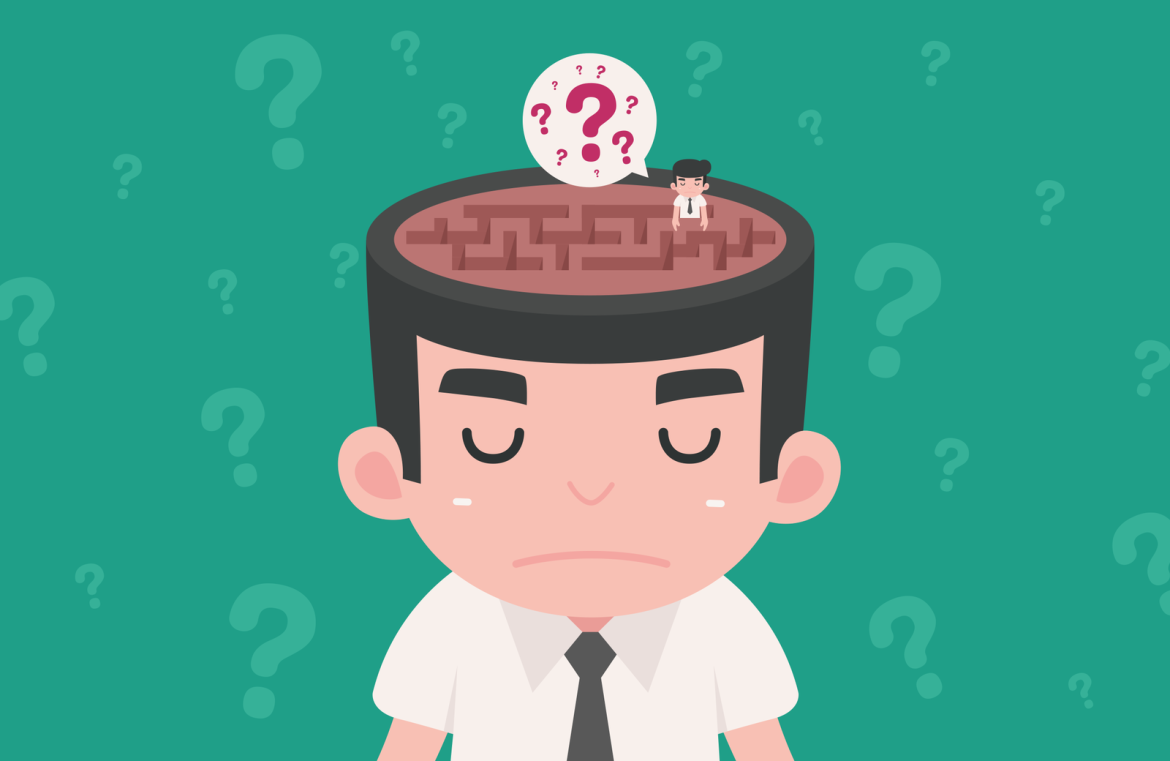So the question arises, why would you ever conceal critical information that users frequently seek? Why complicate their experience when they are prepared to offer their time, focus, or even finances? Any information that isn’t overtly accessible might as well be considered hidden. While designers don’t typically conceal details intentionally, such oversights still occur. To aid users in finding what they need—thus boosting your profits—here are the primary things that users tend to look for, generally in the following sequence:
1. Clarifying What It Is, and Occasionally, Its Purpose
Many users surf the web with a vague idea of what they’re after. But occasionally, someone might land on your product page simply because a friend suggested they check it out. In such instances, a succinct description of what your product is and its function is essential. It may seem straightforward because products are usually showcased and described, correct? Yet, with services, the clarity often diminishes. I’ve encountered numerous sites that define their offerings only by the benefits: “enrich your life”, “increase your efficiency”, and so on. While appealing phrases have their place, they should come after a clear, jargon-free explanation of the services you provide.
2. What’s the Price Tag?
Continuing with the investigation, once a website appears to meet one’s needs, the next logical inquiry is the price. Users should not have to sift through content to understand the cost of a product, service, or information. Transparency is vital, even when things are offered at no monetary charge. Websites that provide freebies still require compensation in some form—be it personal information, viewership, or support for a cause. Make such details accessible and straightforward, and your audience will appreciate the honesty. Conversely, hidden charges are a surefire way to breed resentment.
Understanding the Commitment Level
Under the umbrella of costs, users are also interested in knowing the duration of their commitment to your product or service. Information regarding refund, cancellation, or return policies should be easily available—not buried in fine print but provided through a conspicuous link within the page content.
3. Is It Worth It?
Having considered the expense, the next question consumers ask is whether the product or service is truly worth their investment. Marketing pitches are expected, but an objective voice carries more weight. Start by including customer testimonials; yet don’t stop there. Link out to unbiased third-party reviews, engage with social media, and invite potential customers to be part of your brand’s community even before they make a purchase.
4. Acquisition Details
Upon deciding to proceed, the next step for users is acquiring the product. Most commercial websites understand that calls to action need to grab attention. Older sites, however, sometimes fail in this aspect. Download buttons, particularly for free or open-source software, can be notoriously tricky to find. If you’re a developer, convey gratitude for your users’ interest with a clearly marked “Download” button strategically located at the top of the page or directly within the Github repository.
5. How to Establish Direct Contact?
Contact information is sometimes shielded, either from lack of knowledge or a deliberate choice to avoid direct interactions with customers. Despite the reasons, it’s indispensable to maintain communication channels. Whether it’s through a Twitter account, email, or chat service, ensure that these contact methods are easily noticed. Providing the option for direct interaction establishes a security net for users, imbuing them with the assurance that help is within reach should the need arise.
Conclusion
Top-tier designers always keep in mind that they are, foremost, users themselves. Their expertise in web design gives them a unique perspective, but it also bestows upon them the accountability of transparency and usability. If your offerings are subpar, manipulating customers into a purchase can permanently damage trust. Conversely, presenting all relevant information candidly from the outset can significantly enhance your sales. Finally, remember to place that “Download” button where it’s readily visible—doing this one thing right can make a world of difference.

